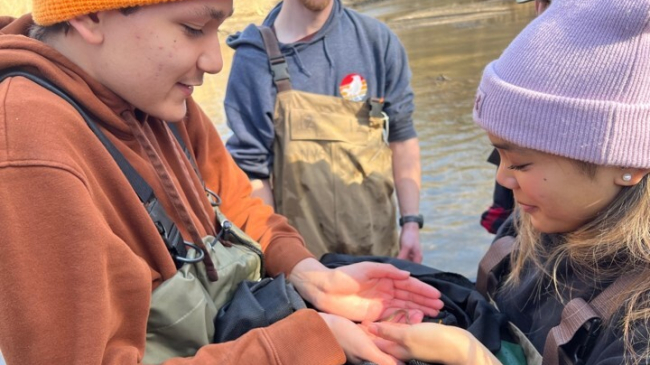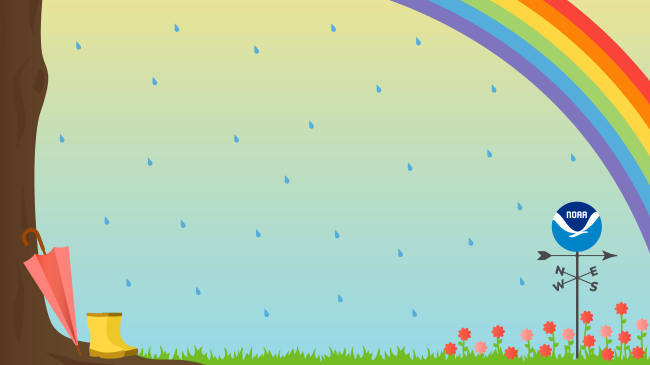Fifty-five sixth-grade girls scurried off the bus at Hawaii Kai Beach Park in southeastern Oahu. The Sacred Hearts Academy students put down their backpacks, slipped into their water shoes, and gathered in a group near the water’s edge. Alex Awo and his team from Mālama Maunalua offsite link welcomed them to their classroom for the day: Maunalua Bay.
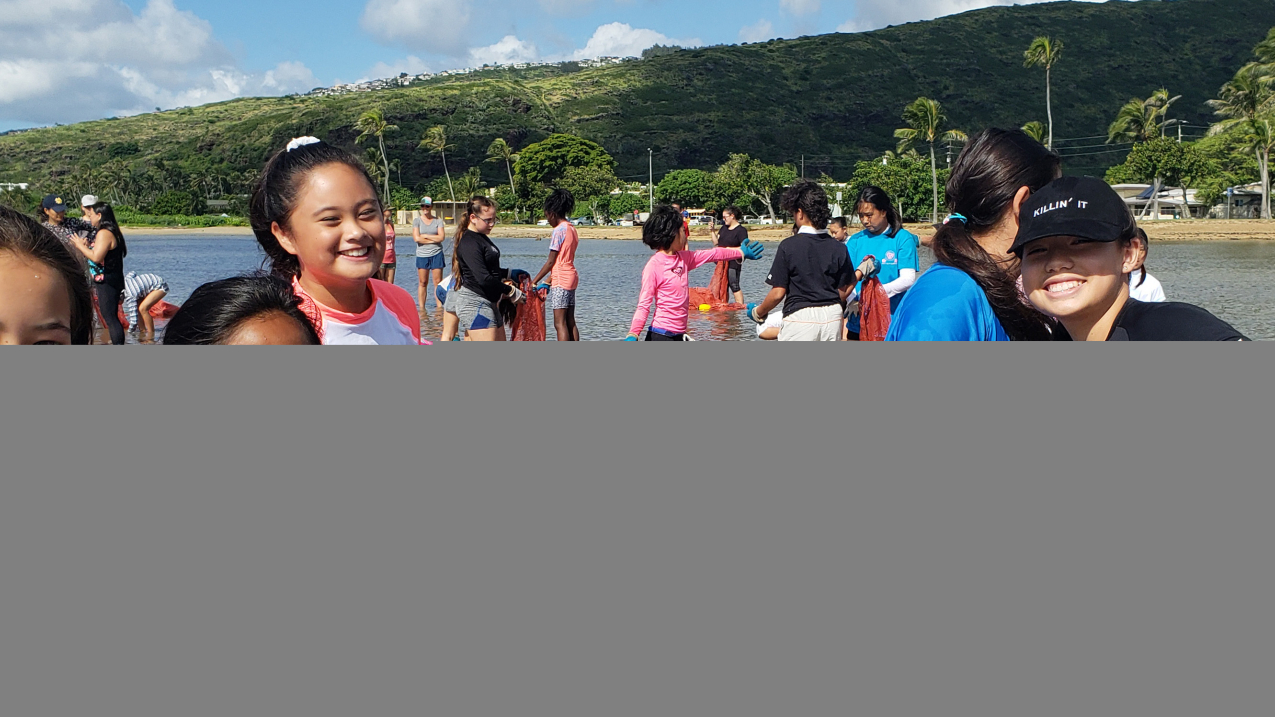
Armed with gloves and empty onion bags, Sacred Hearts Academy students are ready to pull some algae to improve the health of Maunalua Bay. The students removed over 1,200 pounds of harmful invasive algae during their 45-minute huki. (Image credit: Mālama Maunalua and Sacred Hearts Academy)
Historically, Maunalua Bay was a healthy bay full of native aquatic species, a haven for Hawaii’s fish and fishermen alike. But a few decades ago, an unwelcome guest arrived. An invasive form of algae called leather mudweed got into the bay and rapidly took over the area, sucking in the water’s nutrients and oxygen and smothering out native species in the process. The bay lost much of its native fish population, and the culturally significant fishing ground began to suffer.
This was the bay that the students saw when they arrived in November 2018. But they were determined to do their part to nurse the area back to health with help from Awo, a habitat restoration and event coordinator at community-based nonprofit Mālama Maunalua.
Awo began the day on the bay by talking with the students about the area’s cultural importance to Hawaii’s people and the challenges it currently faces. NOAA Fisheries educator Peggy Foreman then showed the students how their lives were connected to the bay. She explained that the storm water that runs into the bay and feeds the invasive algae’s growth contains nutrients from fertilizers and other household items. To do their part to create a less habitable bay for invasive algae, students learned that they could use rain gardens or rain barrels around their homes.
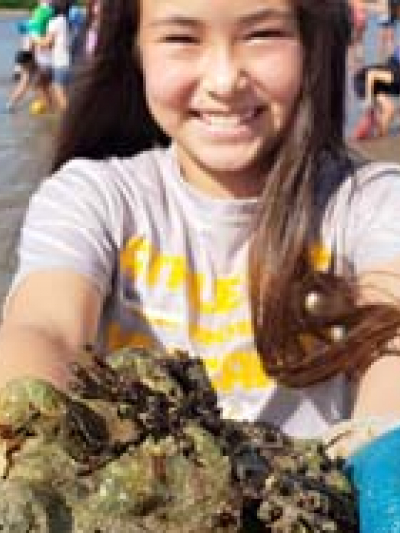
Once the group had learned about the algae, it was time to take some hands-on action. The students donned gloves and marched knee-deep into the water, on the hunt for invasive algae. Awo moved amongst the group, pointing out which algae were invasive and which were native. The invasive alien algae were plucked from the bay and packed into old onion bags, which would later be delivered to a local farm that repurposes the unwanted plants as fertilizer.
The algae pull, or huki, was a success for both the students and the educators. “The students found great enjoyment learning about their community’s delicate marine ecosystem as well as getting a chance to get in the water to help restore the health of the Bay,” said a Sacred Hearts Academy representative. “The lessons that the students walked away with are invaluable – they learned about teamwork, how to be active members of the community, what it takes to help save the planet, and so much more!” Foreman agreed, adding that “seeing these young ladies proudly sharing their success was priceless.”
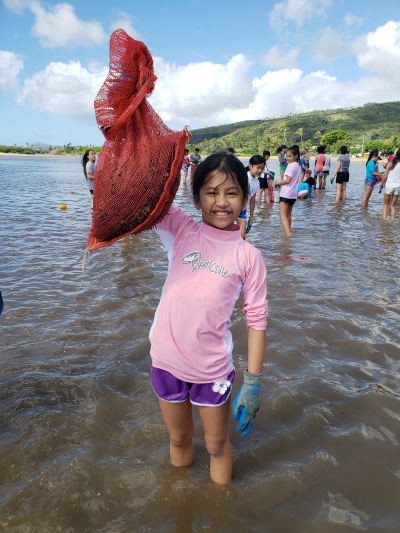
The Sacred Hearts students were just a small portion of the thousands of students and community members that helped Mālama Maunalua clean up the bay last year. Since the organization’s inception in 2005, its volunteers have removed over 3.5 million pounds of invasive algae from the bay as a part of school huki and Saturday-morning community huki.
Mālama Maunalua’s executive director Doug Harper gathers inspiration from these students and volunteers. “Last year, we got thousands of people who took their Saturday morning to go out and weed. People are coming out willingly, quite literally in the thousands, simply because it’s good for the bay. It gives you a little bit of added motivation to go out and continue doing what you’re doing.”
As the students filed back into the bus, tired but proud of their work, there was a strong feeling of aloha ʻāina: a love and respect of the land, knowledge of its history, and claimed stewardship for it.
Since 2005, community-based nonprofit Mālama Maunalua offsite link has been restoring the health of Maunalua Bay through habitat restoration, science and planning, and education and outreach since 2005. NOAA provided a grant to the organization to start their invasive alien algae removal pull (or huki) program in 2009. Today, NOAA scientists provide expert advice to the organization and occasionally assist in teaching at the school huki.


